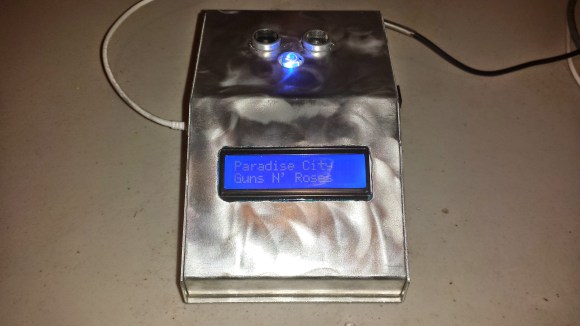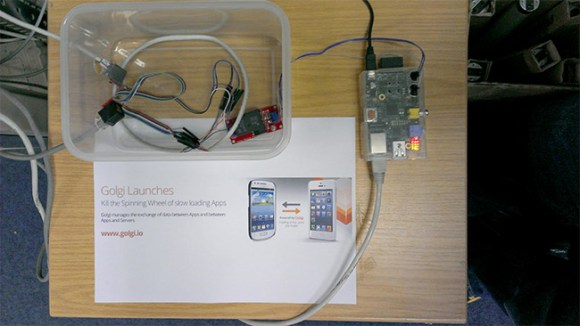 The people over at Gray Wolf Survival have this amazing little air conditioning project that is a perfect addition to any household that doesn’t have flowing air wafting through. It was created by [Figjam] for a trip to Burning Man, where all kinds of crazy ideas are bred in the hot dry heat of The Playa sun.
The people over at Gray Wolf Survival have this amazing little air conditioning project that is a perfect addition to any household that doesn’t have flowing air wafting through. It was created by [Figjam] for a trip to Burning Man, where all kinds of crazy ideas are bred in the hot dry heat of The Playa sun.
The design uses no ice, which is the cooling agent typical found in other DIY air conditioners. Those generally cut holes in the top of a cooler, put a fan on top to blow the air down across the ice. This is similar, but acts more like an evaporative cooler (not really a traditional air conditioner but it does the job).
 It uses a LOT less energy than an air conditioner unit so there won’t be a need to increase the power capabilities of a simple system to work it, and it can reduce the temperature by up to 30 degrees as well as alleviate the dryness associated with living through a Burn. It runs off 12V DC so it can either use the solar panel or connect to a battery. It has a 12V power plug for this, and draws as little power as absolutely possible. Plus, it has the ability to easily connect to a larger water source so it won’t have to be continually refilled. These considerations make it very portable and perhaps backpackable as well.
It uses a LOT less energy than an air conditioner unit so there won’t be a need to increase the power capabilities of a simple system to work it, and it can reduce the temperature by up to 30 degrees as well as alleviate the dryness associated with living through a Burn. It runs off 12V DC so it can either use the solar panel or connect to a battery. It has a 12V power plug for this, and draws as little power as absolutely possible. Plus, it has the ability to easily connect to a larger water source so it won’t have to be continually refilled. These considerations make it very portable and perhaps backpackable as well.
[Figjam] took a 5 gallon bucket, wrapped the inside with two layers of swamp cooler matting, made a loop of hose above it connected to a submersible pump and ran a fan out the top with piping. Connecting it to a shelter is done with a vent hose.
















